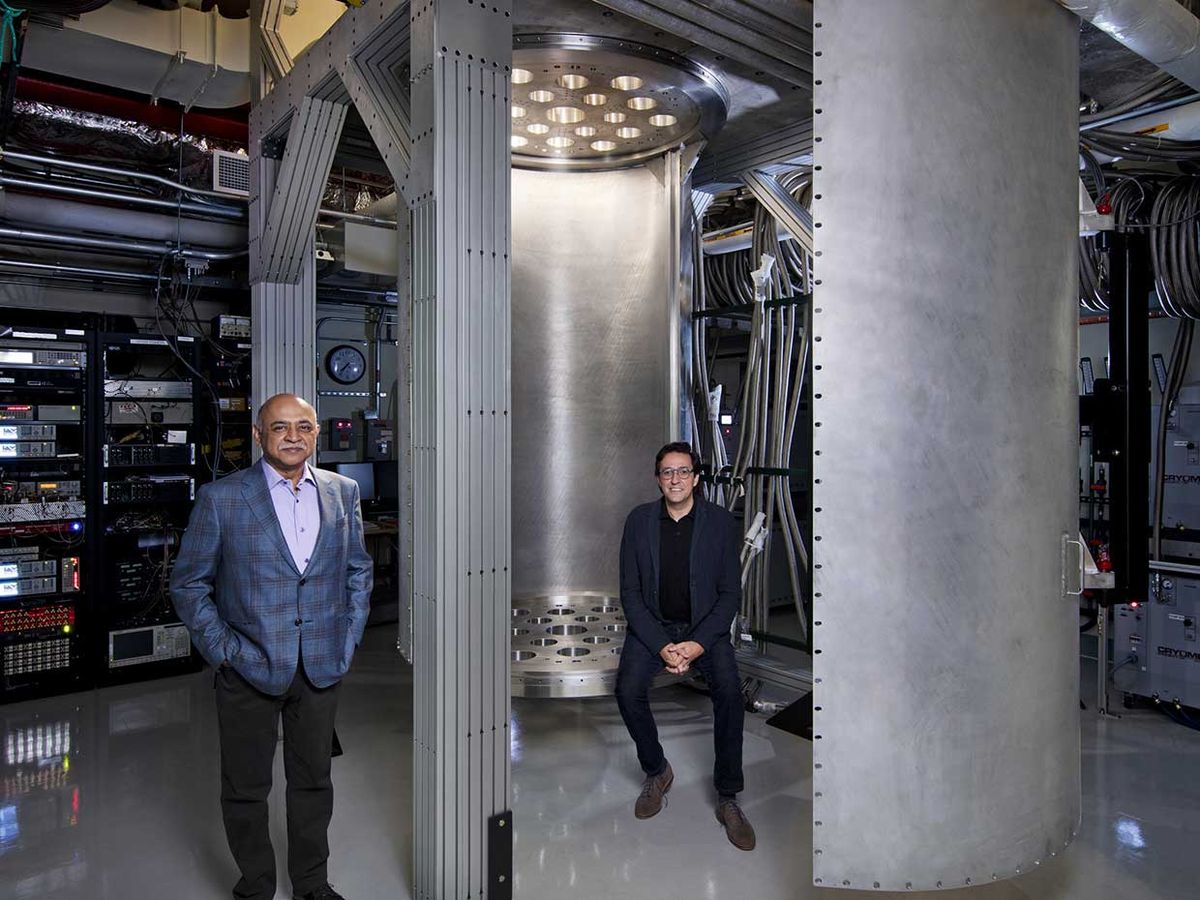At its virtual Quantum Computing Summit last week, IBM laid out its roadmap for the future of quantum computing. To illustrate the enormity of the task ahead of them, Jay Gambetta, IBM Fellow and VP, Quantum Computing, drew parallels between the Apollo missions and the next generation of Big Blue’s quantum computers.
In a post published on the IBM Research blog, Gambetta said: “…like the Moon landing, we have an ultimate objective to access a realm beyond what’s possible on classical computers: we want to build a large-scale quantum computer.”
Lofty aspirations can lead to landing humankind on the moon and possibly enabling quantum computers to help solve our biggest challenges such as administering healthcare and managing natural resources. But it was clear from Gambetta’s presentation that it is going to require a number of steps to achieve IBM’s ultimate aim: a 1,121-qubit processor named Condor.
For IBM, it’s been a process that started in the mid-2000s with its initial research into superconducting qubits, which are on its roadmap through at least 2023.
This reliance on superconducting qubits stands in contrast to Intel’s roadmap which depends on silicon spin qubits. It would appear that IBM is not as keen as Intel to have qubits resemble a transistor.
However, there is one big issue for quantum computers based on superconducting qubits: they require extremely cold temperatures of about 20 millikelvin (-273 degrees C). In addition, as the number of superconducting qubits increases, the refrigeration system needs to expand as well. With an eye toward reaching its 1,121-qubit processor by 2023, IBM is currently building an enormous “super fridge” dubbed Goldeneye that will be 3 meters tall and 2 meters wide.
Upon reaching the 1,121-qubit threshold, IBM believes it could lay the groundwork for an entirely new era in quantum computing in which it will become possible to scale to error-corrected, interconnected, 1-million-plus-qubit quantum computers.
“At 1,121 qubits, we expect to start demonstrating real error correction which will result in the circuits having higher fidelity than without error correction,” said Gambetta.
Gambetta says that Big Blue engineers will need to overcome a number of technical challenges to get to 1,121 qubits. Back in early September, IBM made available its 65-qubit Hummingbird processor, a step up from its 27-qubit Falcon processor, which had run a quantum circuit long enough for IBM to declare it had reached a quantum volume of 64. (Quantum volume is a measurement of how many physical qubits there are, how connected they are, and how error prone they may be.)
Another issue is the so-called “fan-out” problems that result when you scale up the number of qubits on a quantum chip. As the qubits increase, you need to add multiple control wires for each qubit.
The issue has become such a concern that quantum computer scientists have adopted the Rent’s Rule that the semiconductor industry defined back in the mid-1960s. E.F. Rent, a scientist at IBM in the 1960s, observed that there was relationship between the number of external signal connections to a logic block and the number of logic gates in the logic block. Quantum scientists have adopted the terminology to describe their own challenge with wiring of qubits.
IBM plans to address these issues next year when it introduces its 127-qubit Quantum Eagle processor that will feature through-silicon vias and multi-level wiring that will enable the “fan-out” of a large density classical control signal while protecting the qubits in order to maintain high coherence times.
“Quantum computing will face things similar to the Rent Rule, but with the multi-level wiring and multiplex readout—things we presented in our roadmap which we are working on are already—we are demonstrating a path to solving how we scale up quantum processors,” said Gambetta.
It is with this Eagle processor that IBM will introduce concurrent real-time classical computing capabilities that will enable the introduction of a broader family of quantum circuits and codes.
It’s in IBM’s next release, in 2022—the 433-qubit Quantum Osprey system—that some pretty big technical challenges will start looming.
“Getting to a 433-qubit machine will require increased density of cryo-infrastructure and controls and cryo-flex cables, said Gambetta. “It has never been done, so the challenge is to make sure we are designing with a million-qubit system in mind. To this end, we have already begun fundamental feasibility tests.”
After Osprey comes the Condor and its 1,121-qubit processor. As Gambetta noted in his post: “We think of Condor as an inflection point, a milestone that marks our ability to implement error correction and scale up our devices, while simultaneously complex enough to explore potential Quantum Advantages—problems that we can solve more efficiently on a quantum computer than on the world’s best supercomputers.”
Dexter Johnson is a contributing editor at IEEE Spectrum, with a focus on nanotechnology.


